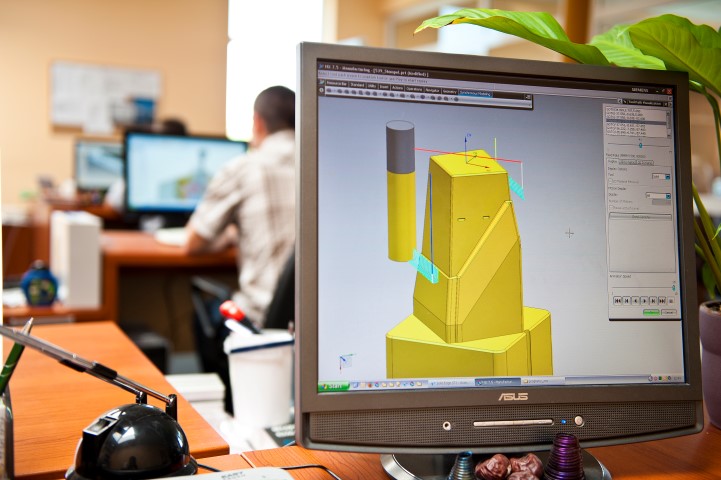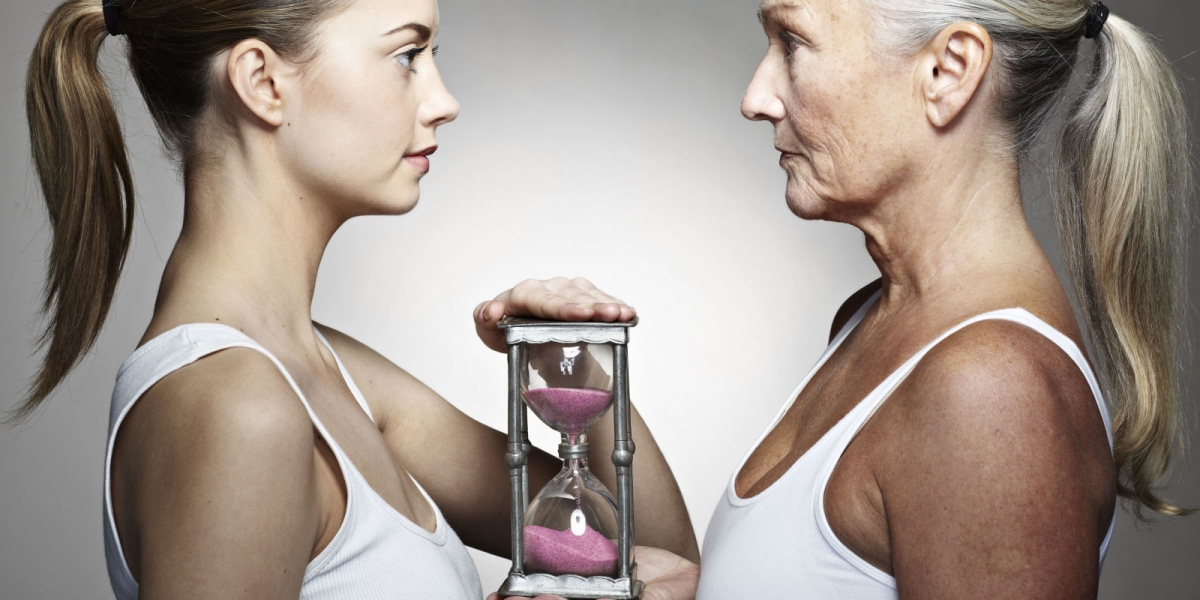
The previous part of the article, which discussed the packaging design process, described some of the more abstract aspects involving market analysis (including the analysis of the competition and customer needs). We also discussed the problem of developing the product concept and defining the specifications for launching the packaging design.
What, then, are the subsequent stages of product development, resulting in a 3D model (or visualisation) ready for submission to the production department along with technical and technological documentation?
Concepts, drawings, paper prototypes…
After receiving the initial specifications and guidelines, the designers commence work on the first concepts. By producing dozens of classic drawings, it is possible to work out the best solution, one that harmoniously combines all the components while observing the budget constraints. Many designer use prototyping at this stage to make paper models based on the drawings. In this way the functionality of the selected solutions can easily be tested.
Computer assistance
The packaging industry often uses advanced software for computer-aided design and production. Computerisation enables the faster and more accurate visualisation and the creation of 2D or 3D models using CAD programs. The major advantages of this approach are real-time computation of all values, elimination of errors and experimenting with different parameters (e.g. material parameters). With process computerisation, it is also possible to rationalise production (reduce the production costs by optimisation) and achieve a much higher repeatability of the products manufactured on the production line.
Virtual shop shelf
The packaging design must also take into account how the product sets itself apart from competing products: will it stand out? Will it have bargaining power? The easiest way to find out is to prepare a virtual shop shelf by modifying shelf pictures with a dedicated program or to arrange a sample display in a photo studio.
3 seconds
This is how long an average buyer focuses on a single product on the shelf. Use this time well by making sure that your packaging design includes all that you would like to communicate to the customer. The better you match all the features of the packaging (size, shape, texture, colour and labels), the more likely it is to trigger the desired reaction in the buyer: selecting your product from the shelf.
Powrót do listy artykułów








